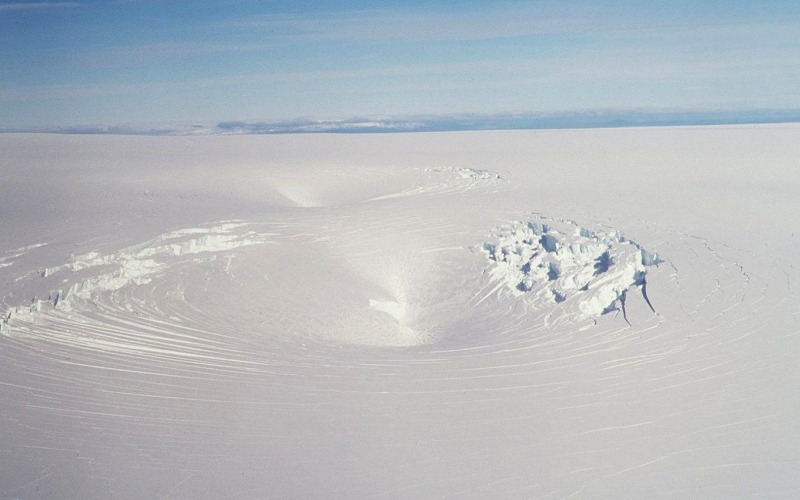Unfortunate Christmas present, hints for the future and Announcement No.1
Over the past twelve months there have been numerous hints and pointers towards a large expedition I have been developing and I thought now would be a good time to explain how things have turned out. The plan has been for a major 60 day unsupported expedition on the Arctic Ocean, covering previously untrodden routes.
These expeditions are not cheap to develop, especially since I don't take advantage of the restrictive infrastructures created by the commercial tourism industry which now exists. As such, much of my time and the time of my partners at a London agency has to be dedicated to generating support. Over the past year great progress was made towards securing a future for two major expeditions in both polar regions. Sadly, on the day before Christmas Eve, the news came through that our preferred option had fallen through. A great deal of equipment must be custom made and this means that lead times limit how close to a start date, in our case 26th February, we can get before funding is required. That time has now, miracles aside, passed.
You can react in a number of ways - and this applies to any setbacks in any walk of life. You can allow the frustration to lead to self-pity - an absurd reaction since anyone searching for something which needs so many unlikely things to happen at the same time should know the odds are not stacked in their favour. Another reaction, one that is very commonly seen, is to say 'no worry, we'll just try again next year with identical tactics and aims'. One year can so easily become five years. There is a third way - the toughest way. That way is to simply increase your own commitment to another level and make it happen.
The vast majority of the cost of a polar expedition is dedicated to aircraft. Assumptions are often made that things like carbon-kevlar sledges and satellite phones eat up budgets. This isn't the case and kit rarely exceeds 10% of the allotted budget. For example, the insertion flight chartered for this February totalled £42,000 for a single flight. The sledge would cost a tenth of that or even less. Aircraft are a mixed blessing for expeditions to the Poles. They provide rescue support and quick access to start points as well as easy ways home. However, they have shifted expectations, in my opinion not for the better. People expect to be quickly and neatly taxied to their start point and collected from their highly inaccessible destinations without have to commit too much time or inconvenience. For polar tourism, built on the back of those with access to wealth but with day jobs, this is ideal. Clearly though, it has further widened the gap between the pioneers and modern expeditions. Logic therefore suggests that to make things happen, remove the aircraft. I myself have used helicopters and aircraft for access - they have both facilitated and delayed my expeditions - a mixed blessing and an expensive one. On removal of air support, you open a door to a world of difficulty, discomfort and commitment on a scale that makes the hairs on the back of your neck stand up.
These hints are probably sufficient for those with some familiarity with the polar world to read between the lines. For the remainder, I'll be making a detailed announcement in the coming days. For the time being though, I can say that apart from the documentary I'm filming in the Greenlandic mid-winter next month, here is expedition number one for 2012:
 An unsupported mid-winter crossing of the Icelandic Vatnajökull icecap. It is notorious, especially in the winter, for fierce storms, crevassed slopes and low visibility. I will cross with a team-mate from the extreme west side to the east side - both approaching and exiting the icecap on skis - a distance approaching 150 miles. This will be be a serious technical challenge and part of my move to undertake mid-winter expeditions.
An unsupported mid-winter crossing of the Icelandic Vatnajökull icecap. It is notorious, especially in the winter, for fierce storms, crevassed slopes and low visibility. I will cross with a team-mate from the extreme west side to the east side - both approaching and exiting the icecap on skis - a distance approaching 150 miles. This will be be a serious technical challenge and part of my move to undertake mid-winter expeditions.
As for the big announcement, I'll keep you guessing but I'll promise you one thing: think big, and then think bigger.